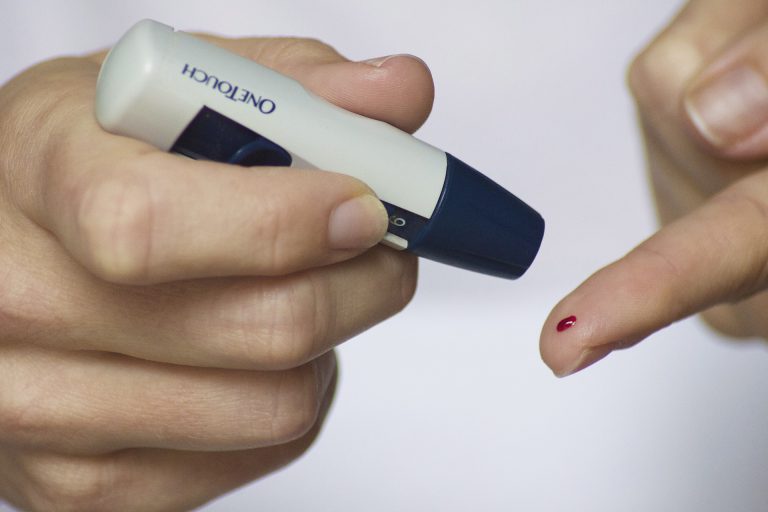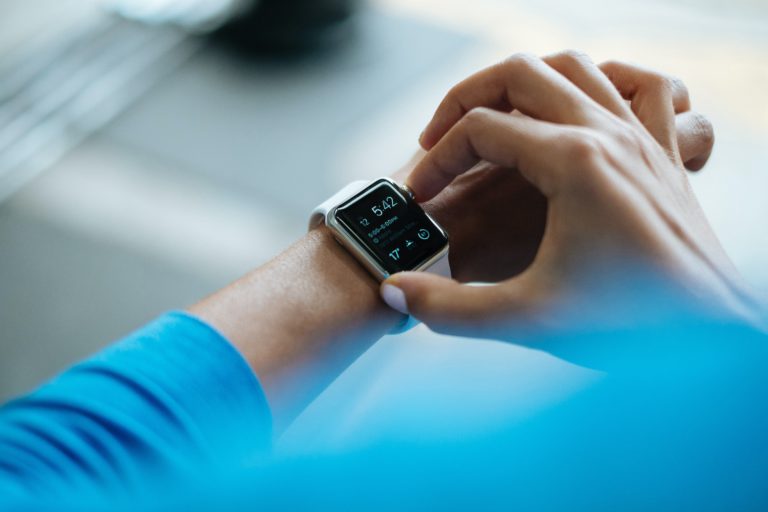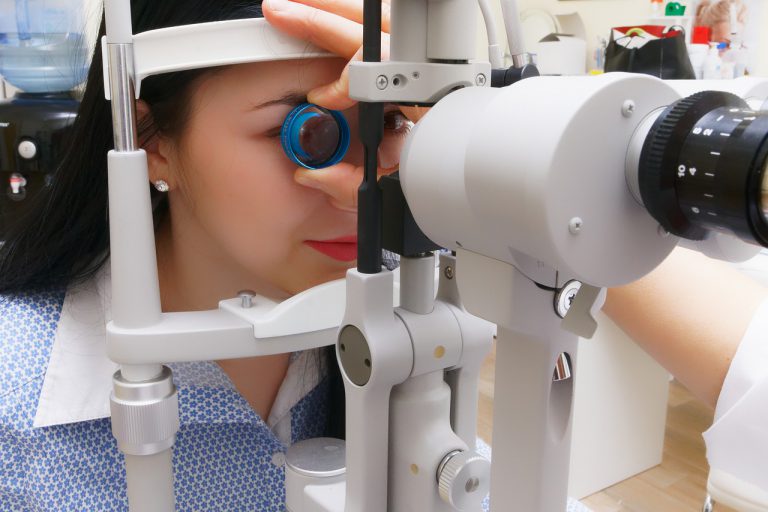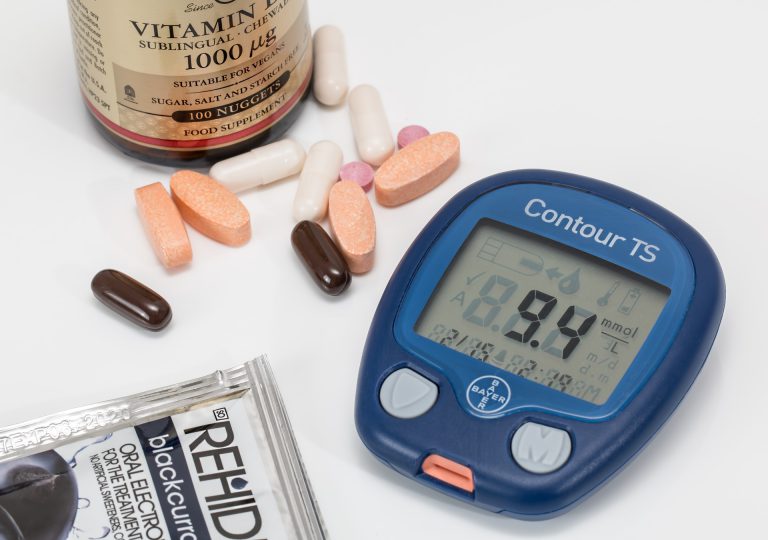What You Need to Know About Glucose Skin Monitors
Monitoring glucose levels is an integral part of successful diabetes management. The traditional way is capillary glucose sampling by finger prick – known as self-monitored blood glucose (SMBG). In recent years, less invasive continuous glucose monitoring (CGM) devices have been introduced, which have made a significant impact on how we manage and monitor blood sugar levels. Read more here to learn about how accurate
CGMs are placed on the body, often on the arm or abdomen, where the sensors measure the glucose in the interstitial fluid – the fluid in and around your body’s cells. CGMs provide real-time blood sugar readings 24 hours a day and can be used whether you wear a pump or use injections for your insulin delivery. Most CGMs report blood sugar levels every five minutes, for a total of 288 glucose readings per day, as well as blood sugar trends (up, down or stable) and a blood sugar curve covering the past hours.
CGMs allow people living with type 1 or type 2 diabetes to closely track blood glucose levels and trends. CGMs can help people with diabetes make informed decisions about food choices, exercise, and other aspects of diabetes management by alleviating much of the guesswork about daily patterns and fluctuations.
A key benefit of CGMs is the ease with which they allow people living with diabetes to access information about their blood glucose levels. It helps to detect blood glucose trends, eliminates the need for numerous finger pricks, which may be painful and difficult to manage frequently, and alerts users when glucose levels are too low or too high.
Despite the positives, the use of CGMs has some reported drawbacks. The main complaints include users reporting various glitches and frustrations arising from using CGM, including difficulty inserting and/or removing the device, finding a comfortable and discrete place for it on the body, occasional loss of signal and the cost of buying and operating the device. There´s also the need to calibrate the device at regular intervals, since although the CGMs deliver glucose readings automatically at short intervals, twice-daily finger pricks are needed to ensure accuracy.
There are two main types of CGMs. The so called “Flash” displays current blood sugar levels as well as values from the past eight hours every time the sensor is scanned. The other type connects the sensor to a receiver, a smart phone or a smart watch that displays real-time blood sugar levels. Here you can find an overview of some of the CGMs currently on the market.
The world of diabetes devices is evolving at a fast pace, and CGMs are at the heart of that evolution. A Belgian-based startup called Indigo Diabetes is creating a continuous glucose monitoring sensor that is designed to go under the skin to monitor a patient’s glucose levels. The nano-sensors are expected to last for up to two years and will measure ketones as well as glucose. Unlike the CGMs on the market today, the sensor will be invisible. When linked to an insulin pump, people living with diabetes would no longer have to intervene or adjust anything at all. The aim is to make finger pricking and visible patches on the skin for glucose monitoring things of the past.









